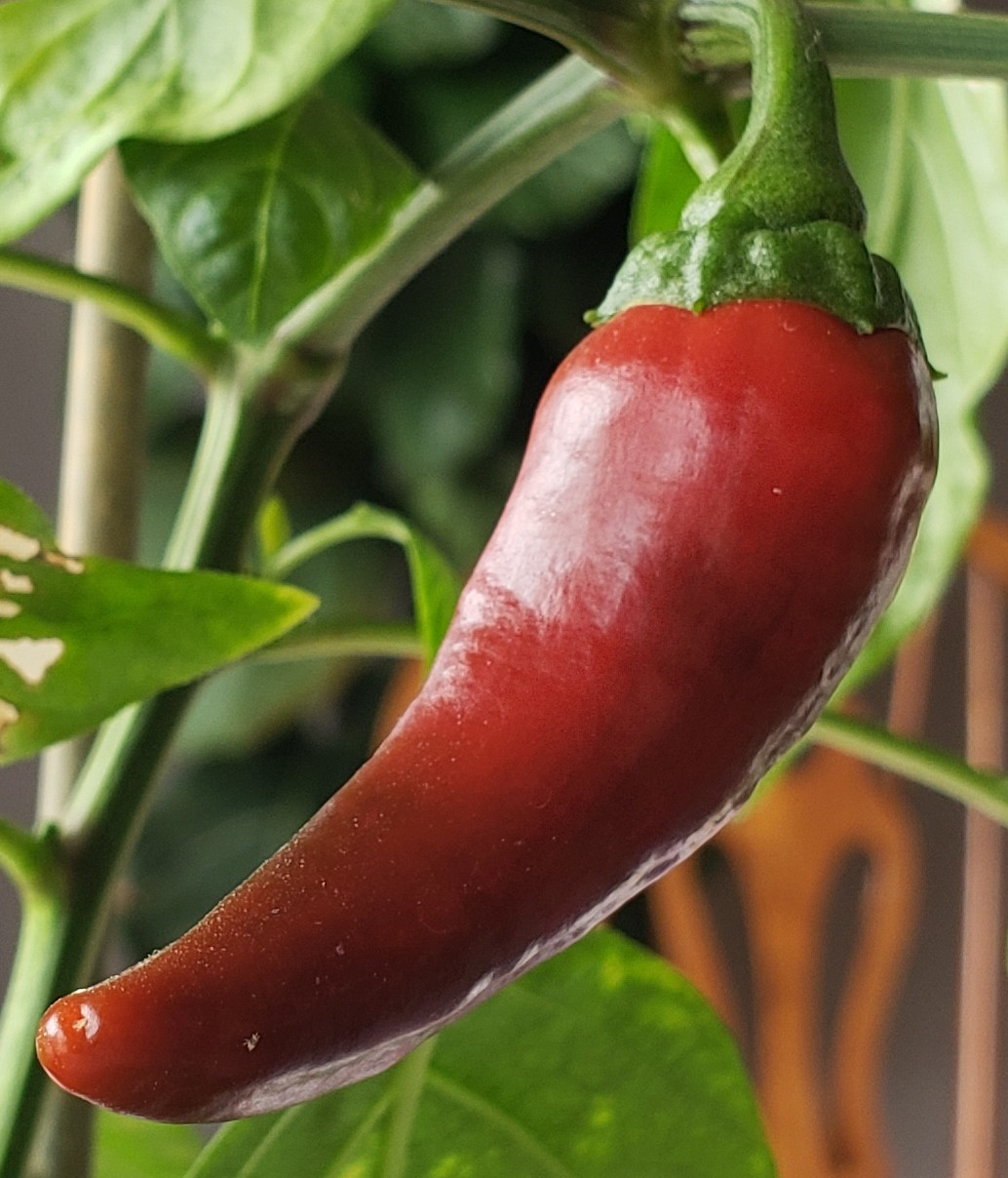
I just started this. A lefty friend bugged me for years to watch it. I too am ready to be Pirate now, which works out, because I think being a pirate is my husbands only actual life goal.

I just started this. A lefty friend bugged me for years to watch it. I too am ready to be Pirate now, which works out, because I think being a pirate is my husbands only actual life goal.

Yes! I get the room-temp stuff, give it one good mix when I open it, then store it in the fridge. It wont separate and doesn’t affect the quality.
Can you say your connection is poor and you don’t have the bandwidth to keep the video on?
I cope by reminding myself that I’m gonna die whether or not I spend time and energy worrying about it. It took time for this thought to really sink in but these days it calms me. Like, I can let it eat me alive or not, and that’s the choice I do have, the thing I can control. The dying part is out of my hands, but I can still choose where to put my energy and I’m choosing not to put it into the black maw of the abyss.
I used to be extremely anxious about death. by meditating on this I can usually make peace with it. Psychedelics are not for me (sadly) so in case you’re in the same boat I figured I’d share.

Welp with all the “ekki” I’m seeing it looks like the cliff for me.

this is the approach i'm taking, definitely firm but gentle redirection with the emphasis being on finding appropriate sources and representing them correctly in your analysis. thank you again.

if i thought i could pull it off i might take this tack. having all the communication online makes it kind of risky though. and my advisor will have to be on board with any comments i make to the student.
someday, though. someday.

thank you. i was kind of panicking for a moment there. really appreciate the perspective.

thank you comrade.

that was the purpose of the assignment, learning to use scholarly sources in an argument.

thank you... it's a science paper. if it were a different time, i just would have written "see me" on top.

So for lights, you can get plant-specific LEDs online. The bar lights will cover more area, but the single bulbs are nice because you can put them into an existing lamp or fixture. Depending on the area the garden will take up, a single bulb could be fine. The closer you can get the light to the plants, the better. The farther it gets from the plants, the more dispersed the light will be and the plants won't be able to capture the light as effectively. I've also seen a few set ups where the light is mounted under the kitchen cabinets and the plants sit under it on the counter; I think that kind of set-up works well if you can swing it and it's a good baseline for plant-to-light distance. Most of the herbs will probably want about 6-7 hours of light a day.
I think growing from seed will be more challenging in these circumstances so I'd either buy small plugs, or start plants from cuttings. A lot of herbs will work from cuttings, this video covers how to do it pretty well. If your grocery store is stocked with the things you want, you could pinch off some sprigs of whatever and not have to buy anything.
Managing water drainage is another aspect, and it'll depend on how you set up the container. I do like those set-ups where the plants are all sitting in a long wooden box or similar. This way the plants can all stay in their own pots and you can pull them out individually if there's a problem or if you want to use one. You can line the bottom of the box with a piece of plastic sheet (pull the edges up and staple it to the box for added security) and any drained water from the plant pots should evaporate. If it's not evaporating, the plants are probably being over-watered, which can be a nice visual indication to adjust watering before you start seeing problems on the plants themselves.
For air circulation, it's only a problem if you start to find mold growing on the plants or soil. A tiny fan (I've used a computer fan) set up nearby can help with this. I have students that grow a container garden for one of our classes, and the ones in dorms almost always have this problem, but in a bigger space like a house or apartment you might not.
I hope this is helpful.

A couple questions: What kind of things are you looking to grow? Are you planning to buy a kit, or do you want to put something together yourself? Does she have a sunny spot or will you need full artificial lighting?
The challenges I’ve seen for indoor stuff include adequate light and adequate air circulation, but this is a general observation. Some plants will do better with less light than others, etc.
lol. of course. goodbye, sand.
coming soon: a vox article about the benefits of eating sand.
Yes! Came in to say this.
Don’t worry, I bounced :)